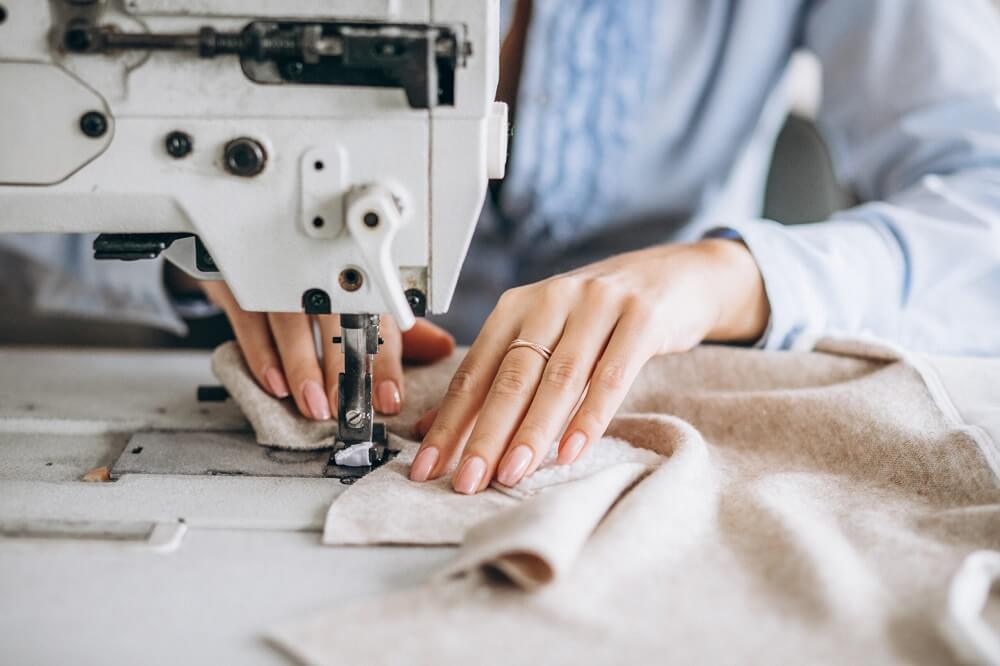Tailor Perth: Remarkable Tailoring for a Perfectly Fitted Wardrobe
Wiki Article
Recognizing the Tailoring Refine: From Material Choice to Final Fitting for the Ideal Closet
The customizing procedure is an intricate interaction of art and science, beginning with the important decision of fabric option and finishing in the specific changes of last installations. Each textile kind brings special top qualities that affect not just the aesthetic allure yet likewise the garment's durability and suitability for different events. Comprehending the subtleties of customizing methods can raise one's wardrobe to extraordinary degrees of class. As we check out these elements even more, one have to consider how even the smallest details can substantially impact the overall outcome of one's personal style.Significance of Textile Choice
Picking the best textile is essential in the customizing procedure, as it directly affects the convenience, sturdiness, and total aesthetic of the final garment (tailor perth). The choice of material establishes the structure for the garment's performance, functionality, and style. Various fabrics possess distinct properties, such as breathability, stretch, and weight, which can considerably influence how the garment drapes and fits the bodyFurthermore, material option affects the garment's long life and convenience of treatment. Top notch textiles can withstand wear and tear, preserving their look and structure gradually, while lower-quality products might bring about pilling or fading. Additionally, the best material adds to the garment's capacity to change across periods and celebrations, thereby enhancing versatility.
A customized item made from a proper material not only showcases craftsmanship but additionally raises the wearer's self-confidence. Subsequently, comprehending the subtleties of material selection is paramount for any kind of tailoring undertaking. It ensures that the end product not just meets the aesthetic wishes of the client yet likewise aligns with practical demands, thus achieving an unified balance between form and function in the customized wardrobe.
Kinds of Fabrics and Their Uses
Recognizing the different sorts of fabrics readily available is important for making educated decisions throughout the tailoring process. Each textile possesses special characteristics that determine its viability for particular garments and celebrations.Its versatility permits it to be customized right into every little thing from tee shirts to dresses. Its all-natural elasticity helps garments keep shape over time.
Silk emanates deluxe and is lightweight, making it best for eveningwear and fragile blouses; nevertheless, it needs cautious handling as a result of its fragility. Linen, with its textured surface, is a prominent option for cozy environments, supplying a crisp and ventilated feeling, but it wrinkles easily, which might impact the garment's appearance.
Synthetic materials, such as polyester and nylon, offer longevity and resistance to creases, making them ideal for day-to-day wear and energetic apparel. Recognizing these textile kinds and their homes permits much better decision-making, making certain that each tailored piece not just fits well yet likewise aligns with the intended purpose and occasion.
The Tailoring Strategies Discussed
The art of tailoring depends on a variety of techniques that change textile right into well-fitted garments. Central to this procedure is pattern drafting, where a dressmaker develops themes based on the client's dimensions and desired style. This first step guarantees that the garment will fit the wearer appropriately before any type of cutting happens.Once patterns are established, cutting techniques enter into play. Accuracy is vital as errors can result in misfitting garments. Tailors typically make use of various cutting methods, such as single-layer cutting for intricate layouts and multiple-layer cutting for efficiency on basic patterns.
Basting is one more necessary method, allowing tailors to temporarily sew material items with each other for a preliminary fitting. This technique supplies the opportunity to analyze the drape and overall silhouette before final stitching.
Seaming strategies, including french joints and flat-felled joints, boost the garment's durability and aesthetic allure. Tailors also employ techniques such as interfacing and cushioning to provide structure and form to details areas, like shoulders and collars.
Lastly, completing methods, consisting of hemming and edge completing, ensure the garment's durability while offering a sleek appearance. Together, these techniques develop the foundation of effective tailoring, leading to elegant, custom-fit apparel.
Fitting Changes and Factors To Consider

Trick factors to consider include the shoulder fit, which should neither sag neither limit motion, and the sleeve length, which need to permit comfortable arm movement while keeping a refined appearance. Furthermore, adjustments at the midsection can fine-tune the shape, with options to allow out or absorb fabric as required.
The rise of trousers is one more important factor; it should sit comfortably over the hips without causing discomfort, enabling convenience of movement. Hemming lengths for both trousers and skirts need to show the wearer's preferred style while respecting percentages.

Preserving Your Tailored Garments
Correct maintenance of customized garments is important to protecting their fit and appearance gradually. To make sure longevity, normal cleaning is extremely important. Always follow the care tag instructions, which might suggest dry cleansing for fragile fabrics or equipment washing for more durable materials. Avoid regular laundering, as this can wear down the textile and modify anonymous the garment's form.Storage space is just as essential; usage padded hangers for coats and jackets to maintain shoulder framework, and store trousers folded up visit this website neatly or hung to avoid creasing. Shield garments from straight sunshine, which can fade colors and damage fibers.
Additionally, regular assessments for small repairs can stop larger problems. Examine for loosened switches, tearing joints, or indicators of moth damage, resolving these troubles immediately to keep the garment's honesty.
Finally, consider seasonal turning. Putting on tailored pieces in moderation enables materials to recuperate, expanding their lifespan. By executing these upkeep methods, you can make sure that your customized garments stay as beautiful as the day you initially wore them, enhancing your perfect wardrobe for many years to come.
Final Thought
The customizing procedure, incorporating material selection, proficient strategies, and accurate suitable changes, plays a vital function in creating garments that enhance both comfort and design. Each phase adds to the total effectiveness of the last product, ensuring that clothes not only fits well but likewise reflects individual identity. Understanding the relevance of upkeep prolongs the life of customized garments, strengthening their value in a well-curated wardrobe. An extensive approach to tailoring culminates in a certain and polished look.Picking the right fabric is important in the customizing procedure, as it directly affects the convenience, sturdiness, and total visual of the final garment. The choice of textile sets the foundation for the garment's style, performance, and capability. Different textiles have unique properties, such as weight, breathability, and stretch, which can considerably affect exactly how the garment drapes and fits the body.
The art of customizing depends on a variety of methods that change fabric right into well-fitted garments.The tailoring process, including textile choice, skilled techniques, and precise suitable adjustments, plays an important role check my blog in producing garments that enhance both comfort and design.
Report this wiki page